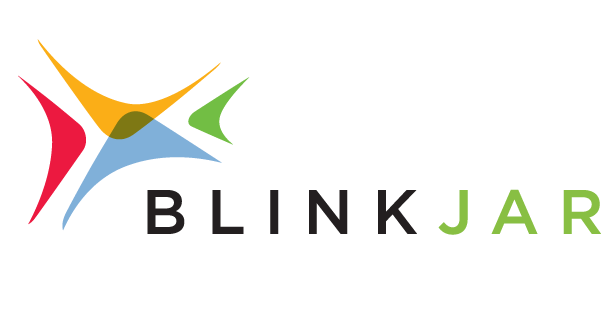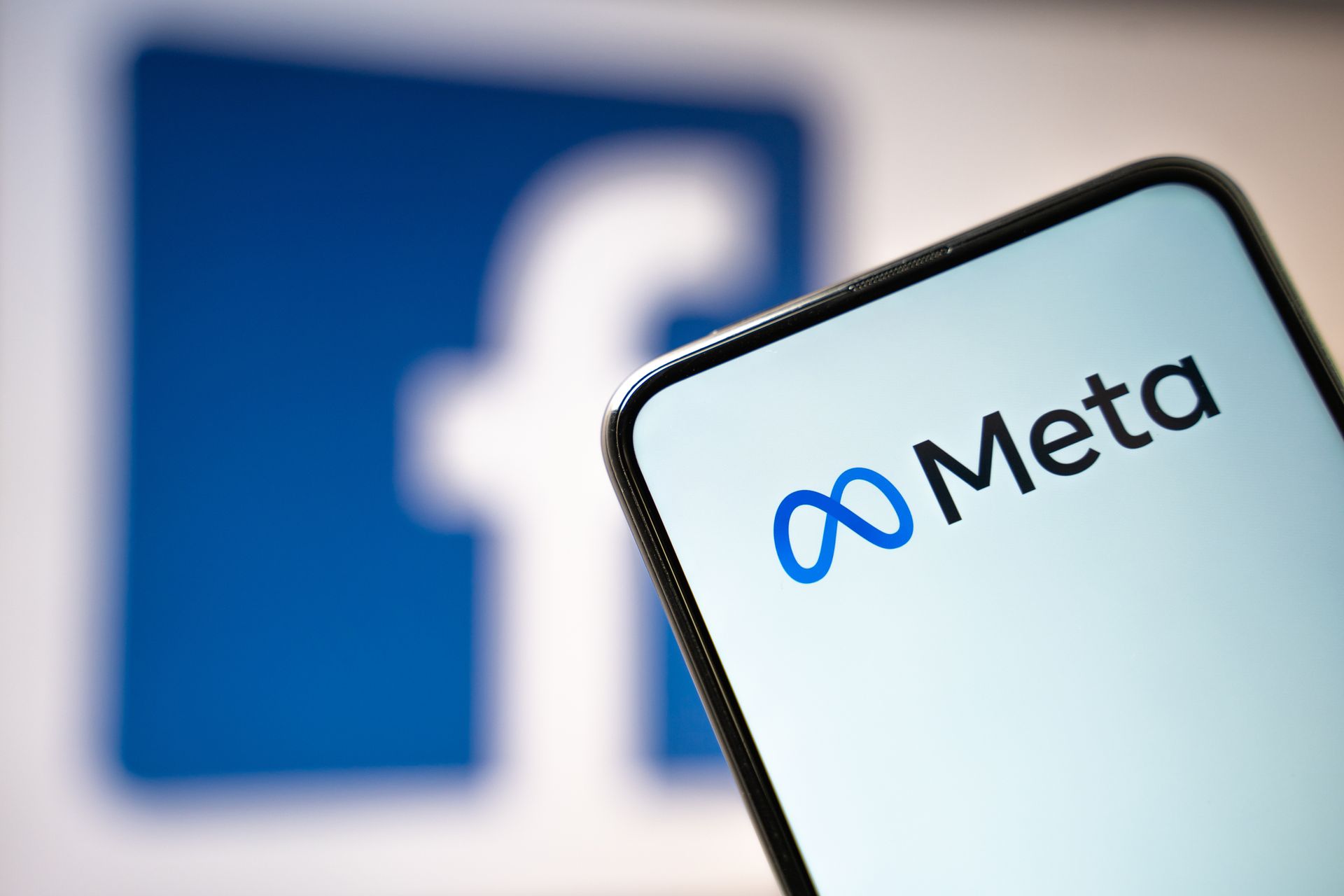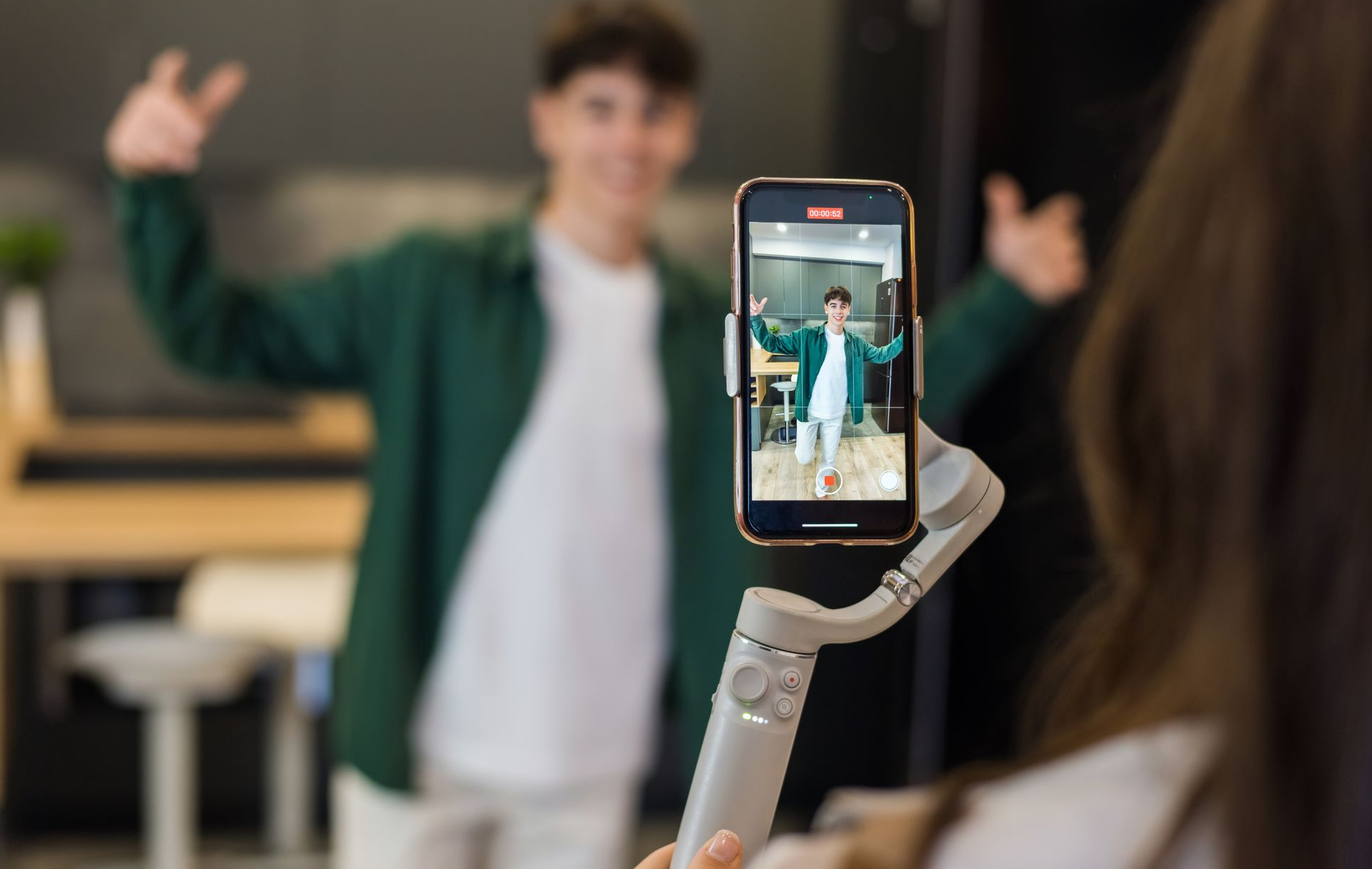Which Social Media Platforms are Best for Your Business?
It’s tempting, and a common social media misstep, for business owners to promote their product/service on all available platforms. The thought process is typically somewhere along the lines of “If it’s free, why not? What can it hurt?” On the other end of the spectrum are those who completely shun social or put all of their efforts into a single site. While there are always exceptions, neither of these extremes are where most of us should be. Are you attempting to attract every possible age group, income level, and professional status from stay-at-home mom all the way to CEO? If the answer is no, then your social media efforts need to be very specific and concentrated. If they aren’t, you’re wasting valuable time, energy, and resources, promoting to an audience who will never need you.
Let’s take a look at four of the top social media players: Facebook, Twitter, Instagram, and LinkedIn, to get a better understanding of which demographic utilizes each. From there, it’s a simple matter with matching these demographics to your own buying personas to target the ideal fit.
Facebook: Facebook has by far the widest reach of all platforms and is the most likely to be used universally across all industries. With 1.44 BILLION users, it’s a good bet that your audience is there. Even among senior citizens, Facebook usage has climbed to 31 percent. But just as important as recognizing that your target group uses Facebook is recognizing HOW they use it. A 2014 study from G/O Digital shows that the most important factor when engaging with brands via Facebook were their reviews. Forty-one percent used fan pages specifically to review the feedback left by fellow consumers. Other, although far less, important factors included featured products and services (19%), number of page ‘likes’ (15%), and engaging content (11%).
The important takeaways here are to offer fun and appealing content, often in the form of videos, giveaways, and promotions, and to harness the power of the platform for reputation management. Brands who can maintain strong reviews on Facebook will reap the reward.
Twitter: If your audience is young (under 35), Twitter may be a solid marketing platform for you. About 23 percent of adults actively use Twitter with the bulk of those falling into the 25-34 age bracket. Of all platforms, Twitter is the most to-the-point. News travels quickly here, and the lifespan of your content will be brief. Very brief. If this is where your audience resides, you’ll need to adapt.
To make the most of the time you do have in front of your consumer, optimize it for potential retweets. There’s a lot that can go into ensuring “retweetability,” so we won’t delve further here, but online tools such as Retweetlab.com can help simplify a complicated science. Offer something additional and of value to your followers by including links in your tweets. And to stay ahead of a quickly moving curve, make use of bulk schedulers. While you want to be careful about what you schedule in advance, it can be a great way to lighten your workload and still keep your account rolling by pushing out relevant content on a preset schedule.
Instagram: Instagram is quickly proving itself to be a powerhouse player for brands looking to engage via social media. Recent research by Forrester suggests that the platform delivers up to 58 times the level of consumer engagement as other social sites. One example from Red Bull shows that a photo of Lindsey Vonn published across their platforms received 20,000 likes on Facebook and 70,000 likes on Instagram.
So how do you achieve higher levels of engagement for your own brand? Naturally, we begin by understanding the audience. Instagram users are young. A surprise to no one. Over 90 percent are under the age of 35, with the majority being women located in urban areas. Typically, the platform is best utilized by those in the apparel, entertainment, and media industries. All content here should be as visually appealing as possible. Much like Pinterest, users are more likely to shop directly from posts they see on this platform, and naturally they are more drawn to images that catch their eye. Adding mentions and hashtags can also be valuable assets to broaden the appeal of any given post.
LinkedIn: So your ideal consumer isn’t a millennial and you want options outside of Facebook? Maybe you’re targeting professionals or looking to expand your own team. If this is the case, LinkedIn is most likely the place for you. Often overlooked in social media marketing, LinkedIn is a bit of a hidden gem. Of its over 300 million users, 100 million are over the age of 50. These users tend to be professionals who are more affluent, making upwards of $75,000 per year. Especially for businesses in the B2B sector, very few alternatives offer such a targeted level of exposure to your audience on such a large platform.
To make the most of your LinkedIn presence, ensure that your company page is robust. Connect with clients, vendors, and employees, and request recommendations for your services or products. Provide relevant status updates and align them appropriately with specific segments of your audience. You can even take your focus a step further and develop LinkedIn groups based on user interests. Share specific updates and offers with this particular sector and encourage conversation among members. This will not only help promote your company but aid in a reputation of thought leadership in your professional community.
There has never been a cookie cutter approach to marketing, at least not one that works. It can be easy to lump all social media platforms together, but doing so is short-sighted and does little to actually leverage the power of those that could really work for you. The first step is to understand where your consumers are spending their time and then to engage them in a manner that is fitting to the specific platform. You may be most drawn to Facebook, because of your personal level of familiarity, but if you operate a clothing store catering to 20-somethings, Instagram is more likely to garner some engagement and boost sales. Understand where your time and dollars stretch the furthest, and make it your priority.









